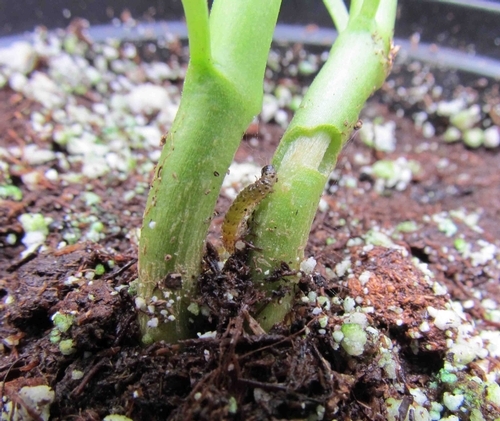Cooling cattle; European pepper moth examined
For an article "Should Wyoming livestock and ag adjust to climate?" in the Billings Gazette, reporter Paul Murray sought information about livestock animals' response to warmer temperatures from Frank Mitloehner, UC Cooperative Extension Specialist in the Department of Animal Science at UC Davis. Mitloehner talked about ways animals can cool down and discussed shade, fans, sprinklers and even alternative cattle breeds. "We're seeing more and more extreme weather. That is a tendency we're seeing more and more often. That can stress animals. Similar to animals in the wild, that can impact animals' reproductive ability and their performance," he told the reporter.
European pepper moth widespread in California
Surendra Dara for Western Farm Press
Western Farm Press published this article about European pepper moth by Surendra Dara, UC Cooperative Extension farm advisor in Santa Barbara County. Dara explains that the European pepper moth has been reported in several central and southern California counties. The pest prefers to feed at the plant base of crops such as corn, peppers, tomatoes, squash, strawberries and some ornamental plants. Dara has been appointed to the national Technical Working Group for European pepper moth, along with UC Cooperative Extension colleagues James Bethke and Steve Tjosvold.
Dara also wrote about this pest and shared photos of it on the UC Strawberries and Vegetables blog.

